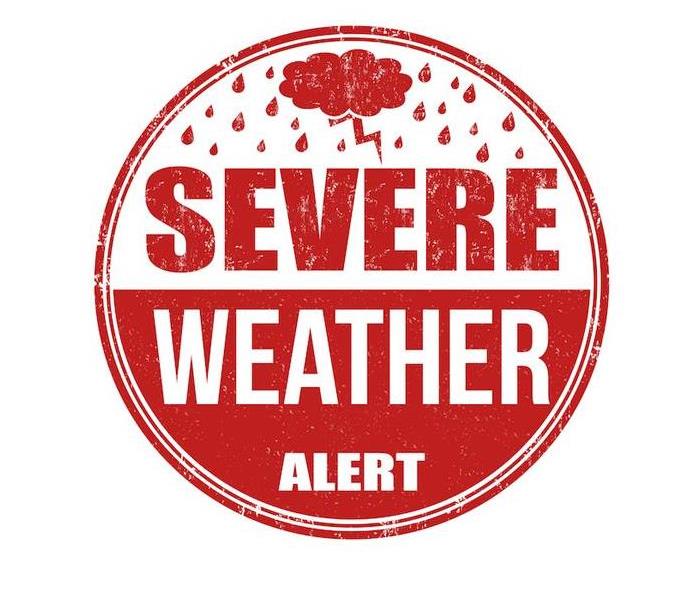Learn Weather Alerts and Stay Safe | SERVPRO® of Dublin/Vidalia/Claxton
7/12/2022 (Permalink)
 If you suspect any damage to your home from a recent storm, call SERVPRO of Dublin/Vidalia/Claxton’s.
If you suspect any damage to your home from a recent storm, call SERVPRO of Dublin/Vidalia/Claxton’s.
When it comes to severe weather, there are at least 42 different kinds of alerts out of seven different categories. That is an awful lot of information to try and understand, especially as dark clouds and strong winds are blowing in.
When you know what an alert means before it is sent out for our area, it means that you can get to safety quickly. It also means you can take action to protect your home and your loved ones.
Learning how multiple weather systems work is helpful, but understanding what severe weather we have in Georgia is essential in staying safe.
Where are weather alerts sent from? When do forecasts get created, and when they are formed, how is a storm tracked for its duration, severity and location? There is actually a lot of information that goes into answering these questions.
Weather forecasts and alerts that are issued come from the National Weather Service. There are six regional offices and more than 100 forecasting offices all around the nation. That means that our forecast is localized, which allows it to be more accurate. Our forecasts and alerts typically come from the forecasting office located in Peachtree City.
In these offices, meteorologists and other employees with the NWS use several kinds of data in order to build a forecast, including satellite radar, various sensors, seismic activity meters and even solar activity. The type of information used will vary according to the kind of significant weather event moving in, but the end result is to be as accurate as possible.
Even with so many types of weather alerts, it is important for everyone to understand the difference between a watch and a warning. These will be included in almost every form of weather, including winter storms, flooding and thunderstorms.
A watch means you need to begin preparing for an extreme weather situation. Watches are issued for a broad area, while a warning will be issued for a small area such as a county or a city. Warnings mean that an extreme storm will likely happen and safety measures should be taken immediately to protect your property and your loved ones.
Along with these warnings, we need to understand a variety of others to handle the weather we see here in Georgia. While our winters are not often very cold, we do occasionally see some freezing temperatures.
Our spring and summers come with oppressive heat, thunderstorms and tornadoes. Georgia has long ranked as one of the top states for tornadic activity, so understanding tornado watches, warnings and advisories is crucial to protecting our homes.
Understanding all kinds of weather alerts before a storm moves in is a great step to protecting your home, but there are some other ways you can mitigate damages as well.
Clean your gutters regularly and secure any loose outdoor objects to avoid flood and wind damage before a storm. Create a location in your home with supplies for your family to shelter in place, and practice an exit plan for when you need to get out.
Once the storm is gone, take note of any damages you have received, and call us at SERVPRO. We are available 24⁄7 to save as much of your home as possible.
Learn about southern Georgia weather and stay safe in any storm. Take the time to make yourself aware of the different alerts that can be issued and handle the next storm safely.
Experienced storm damage to your home or property? Contact us today for a quick response!



 24/7 Emergency Service
24/7 Emergency Service